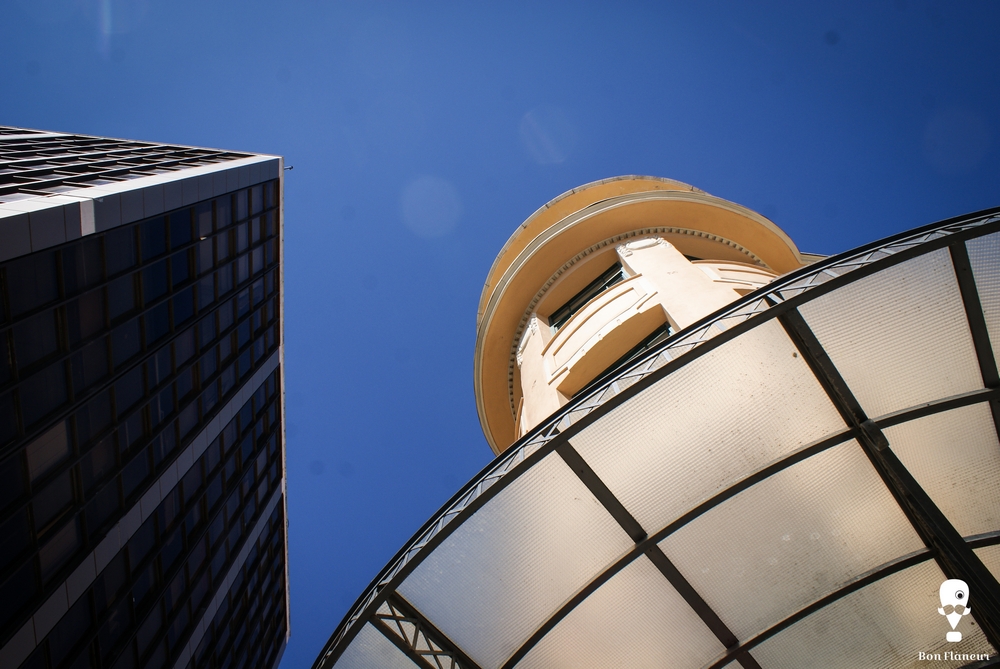Ladadika district
Ladadika district is an entertainment and gastronomy hot spot, with many restaurants that serve Greek and other ethnic cuisines and clubs, some of which are LGBTQ-friendly.
Location
Timeline
Modern and Contemporary era (1912 - )
1985 Listed as a "Historic Site".
Ottoman era (1453- 1912)
1892 Construction of the new port. The market was expanded in this direction.










Share